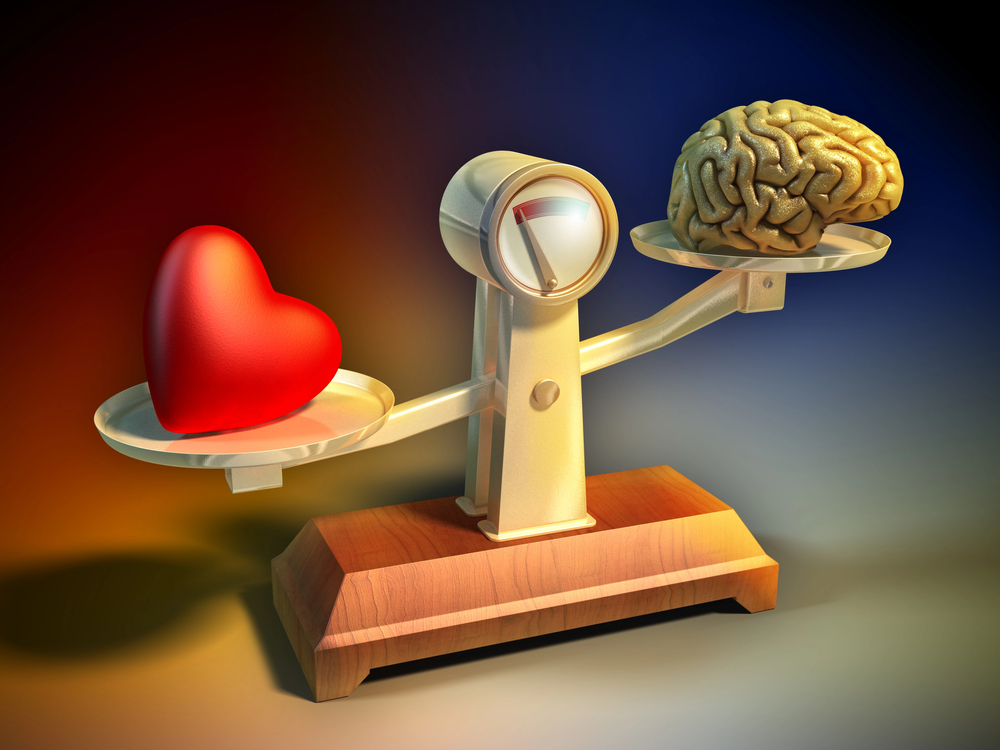Abstract
The traditional view holds that emotions are reactive processes triggered by external events. In contrast, the Theory of Constructed Emotion (TCE) suggests that emotions are predictions created by the brain to make sense of bodily and environmental inputs. This article explores the predictive nature of emotion, drawing on neuroscience, interoceptive processing, and psychological constructionism. We examine how emotions emerge from the brain’s attempt to regulate the body through predictive coding and explore implications for psychotherapy, emotional regulation, and cognitive science.
Keywords
Emotion Prediction, Constructed Emotion, Interoception, Predictive Coding, Allostasis, Lisa Feldman Barrett, Emotion Regulation, Cognitive Neuroscience
Introduction
Emotions have long been conceptualized as automatic reactions to events in the environment—a response model where something happens, and the individual “feels” accordingly. However, this view has come under significant scrutiny. Research in affective neuroscience and computational psychiatry now reveals that the brain is not primarily reactive; rather, it is predictive (Barrett, 2017; Clark, 2013). This understanding lies at the heart of the Theory of Constructed Emotion, which posits that the brain constructs emotions based on predictions rather than reactive processing (Barrett & Simmons, 2015).
In this framework, an emotion is not something that happens to us, but something our brain constructs in anticipation of what might be needed for our survival. This predictive model transforms our understanding of mental health, stress, and emotional regulation.
Theoretical Framework
Predictive Coding and the Brain
The predictive brain model suggests that the brain constantly makes top-down predictions about incoming sensory data and then compares these predictions to bottom-up signals from the body and environment. This process—called predictive coding—minimizes energy consumption and uncertainty (Friston, 2010; Clark, 2013).
Emotions are one such prediction: the brain uses past experiences to generate an emotion concept that explains incoming interoceptive data (Barrett, 2017).
Emotion as Allostatic Prediction
In TCE, emotions are allostatic constructs—the brain’s way of efficiently managing the body’s internal state (Barrett & Simmons, 2015). Rather than reacting to a stressor, the brain anticipates the need for resources (like increased heart rate or glucose mobilization) and constructs a feeling state to motivate behavior and prepare the body.
Application / Analysis
Real-World Example: Anxiety Before a Talk
A speaker may notice a racing heart, clammy hands, and shallow breath before a presentation. The brain, using prior experience, predicts these signals as “anxiety.” But the same physiological cues might be predicted as “excitement” in another context (Schachter & Singer, 1962). The emotion is the brain’s best guess.
Interoception and Prediction Errors
Interoception is the brain’s process of sensing internal bodily states. When prediction and sensation do not match, a prediction error occurs. This leads to either updating the prediction (emotion concept) or changing behavior to reduce the mismatch (Barrett & Simmons, 2015).
Clinical Implications
Anxiety, panic, and even depression may result not from dysfunction but from misleading predictions about interoceptive signals. Treatments can target emotional construction by helping individuals interpret bodily signals differently, a process already seen in therapies such as CBT, mindfulness-based interventions, and somatic therapies (Mehling et al., 2009; Farb et al., 2015).
Implications
Rethinking Emotional Triggers
If emotions are constructed, then what we label as “triggers” are not fixed inputs causing automatic responses. Rather, they are contexts that shape prediction. This opens space for changing emotional patterns through re-conceptualization.
Implications for Therapy
- CBT can help restructure emotion predictions by altering thoughts and context interpretation.
- Mindfulness strengthens interoceptive awareness and reduces automatic predictive loops (Farb et al., 2012).
- Trauma therapy can target maladaptive prediction loops rooted in past unsafe experiences (van der Kolk, 2014).
Education and Emotional Development
Children are not born with fully formed emotions. They learn to construct emotions through language, modeling, and cultural input. Teaching emotional vocabulary and body awareness can foster adaptive prediction building (Hoemann et al., 2020).
Conclusion
Emotions are not reactive states imposed on us by external events, but proactive constructions generated by the brain to predict and prepare the body for action. Understanding this predictive process reframes how we experience, interpret, and regulate emotion. It offers new approaches for mental health treatment, emotional education, and resilience building by shifting focus from reaction to construction and prediction.
References
- Barrett, L. F. (2017). How emotions are made: The secret life of the brain. Houghton Mifflin Harcourt.
- Barrett, L. F., & Simmons, W. K. (2015). Interoceptive predictions in the brain. Nature Reviews Neuroscience, 16(7), 419–429. https://doi.org/10.1038/nrn3950
- Clark, A. (2013). Whatever next? Predictive brains, situated agents, and the future of cognitive science. Behavioral and Brain Sciences, 36(3), 181–204. https://doi.org/10.1017/S0140525X12000477
- Farb, N. A. S., Segal, Z. V., & Anderson, A. K. (2012). Attentional modulation of primary interoceptive and exteroceptive cortices. Cerebral Cortex, 23(1), 114–126. https://doi.org/10.1093/cercor/bhr385
- Farb, N. A., Irving, J. A., Anderson, A. K., & Segal, Z. V. (2015). Mindfulness interventions and emotion regulation. In J. J. Gross (Ed.), Handbook of emotion regulation (2nd ed., pp. 548–567). Guilford Press.
- Friston, K. (2010). The free-energy principle: A unified brain theory? Nature Reviews Neuroscience, 11(2), 127–138. https://doi.org/10.1038/nrn2787
- Hoemann, K., Xu, F., & Barrett, L. F. (2020). Emotion words, emotion concepts, and emotional development in children. Emotion Review, 12(4), 255–266. https://doi.org/10.1177/1754073919897296
- Mehling, W. E., Price, C., Daubenmier, J. J., Acree, M., Bartmess, E., & Stewart, A. (2009). The Multidimensional Assessment of Interoceptive Awareness (MAIA). PLOS ONE, 7(11), e48230. https://doi.org/10.1371/journal.pone.0048230
- Schachter, S., & Singer, J. E. (1962). Cognitive, social, and physiological determinants of emotional state. Psychological Review, 69(5), 379–399. https://doi.org/10.1037/h0046234
- van der Kolk, B. A. (2014). The body keeps the score: Brain, mind, and body in the healing of trauma. Viking.
Download the scholarly version of this article by clicking HERE

